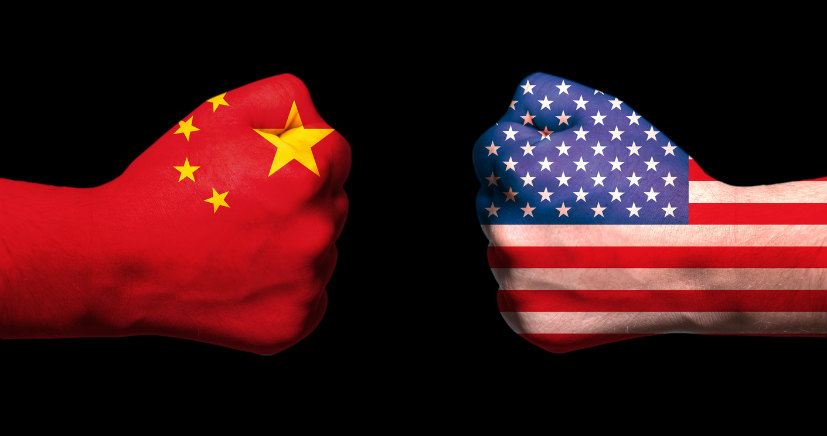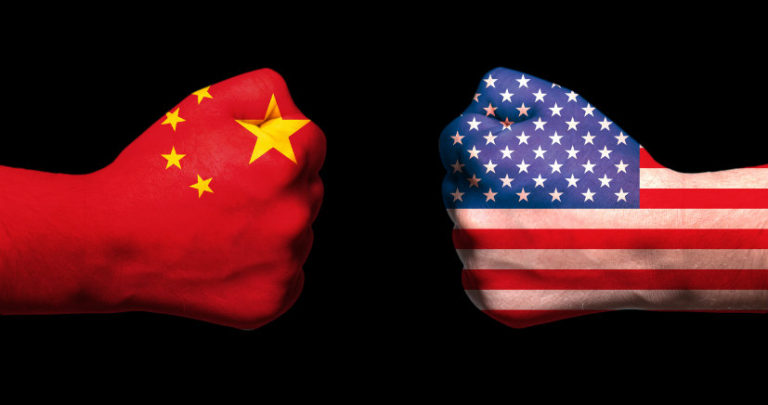I remain sceptical about these claims.
- Huawei is making some bold claims with regard to the yield that it is achieving on the AI chips it is making which, if verified, would have a substantial impact on China’s quest for technological independence.
- The FT’s article (see here) that makes these claims declines to name its sources but I suspect that they are Huawei executives who have been permitted to speak to the FT, but not on the record.
- Huawei’s latest AI chip, the Ascend 910C, is a significant advance on the 910B and according to testing by DeepSeek (see here), it can deliver inference with 60% of the performance of the Nvidia H100.
- If verified, this represents a good advance as the 910C is made on SMIC’s 7nm (N+2 node) which is two generations behind TSMC’s N4 node where the H100 is manufactured.
- The performance statistic should be fairly easy to verify when the 910C is widely available, but the big claim is yield which I think is far more important.
- SMIC and Huawei have long been denied access to advanced semiconductor manufacturing equipment and so they have been forced to go below 10nm using older equipment (deep ultraviolet (DUV)).
- This is where all of the question marks arise as both Intel and TSMC tried to go to 7nm using only DUV using a much more complicated multi-patterning technique and quickly shifted to EUV when it was reliable enough for commercial use.
- EUV allowed TSMC to have a simpler process with much better yields and cost efficiency explaining why it quickly shifted away from using only DUV at 7nm.
- It is this process that Huawei and SMIC are using and given the problems that Intel and TSMC had with it, I have always been sceptical that Huawei and SMIC would ever be able to get yields up to a level which would be sustainable economically.
- Huawei’s first chip using the SMIC 7nm process was the Kirin 9000 series which is an SoC that has been used to power its smartphones.
- These chips are much smaller than AI training chips used in the cloud and so it is much easier to get a higher yield and even here Huawei has had problems.
- I have long speculated that yields are low and that Huawei was either having to charge a lot more for its devices or the process was receiving some state financial aid somewhere in the process to keep it going.
- The Ascend 910C has a much larger area than the Kirin 9000 series and so it is much harder to make a working chip without accumulating errors that would render the chip useless.
- Here, the benchmark is the H100 which is manufactured by TSMC on its N4 process where the yield is somewhere between 60% and 80%.
- This is where Huawei’s claims are surprising as it is claiming that its yields are close to 40% (up from 20% a year ago) with the goal of bringing yields to 60%.
- All of this is being done on a process that TSMC and Intel abandoned as too complicated where economic yields were very hard to achieve.
- Huawei is also claiming that at a 40% yield, it is now profitable meaning that should it reach 60% or higher, then this would become a very profitable line of business.
- In theory, this is possible as it depends on the price that Huawei can charge for its chips which is another area where the state could be helping the economics look better than they really are.
- At face value, this represents a big step forward for China’s long-term goal of becoming self-sufficient when it comes to technology and semiconductor manufacturing in particular, but I remain sceptical.
- All of these claims come from anonymous sources meaning that they are inherently unreliable.
- Furthermore, both DeepSeek and Huawei have links to the Chinese state and although the private sector is back in the state’s good books, it will keenly remember who runs the show.
- China is world-class when it comes to maximising the publicity and buzz surrounding its technological achievements and so without independent verification, I remain extremely sceptical that reality is able to live up to the claims.
- Hence, I continue to think that Huawei and SMIC lose money with every Ascend chip that they make meaning that some form of state will continue to be needed to keep the process going.
- This means Nvidia is likely to continue selling its chips into China for a while yet, but it is clear that China wants to remove this dependency.
- Fortunately, demand is so high that the capacity can be reallocated elsewhere and there will be no meaningful impact on Nvidia’s financial performance.
- This is yet another sign of the Balkanisation of the technology that RFM Research and Alavan Independent have been predicting for some time.
- We see China going one way while the rest of the world goes another resulting in separate and incompatible networks with smaller countries having to choose one standard over the other.
- This is good for no one as the growth of the global technology sector in the long term will be lower than it otherwise would have been.










Blog Comments
TLT
February 26, 2025 at 6:04 am
If we follow your speculation, Huawei would have gone bankrupt long ago。